 Image 1 of 57
Image 1 of 57

 Image 2 of 57
Image 2 of 57

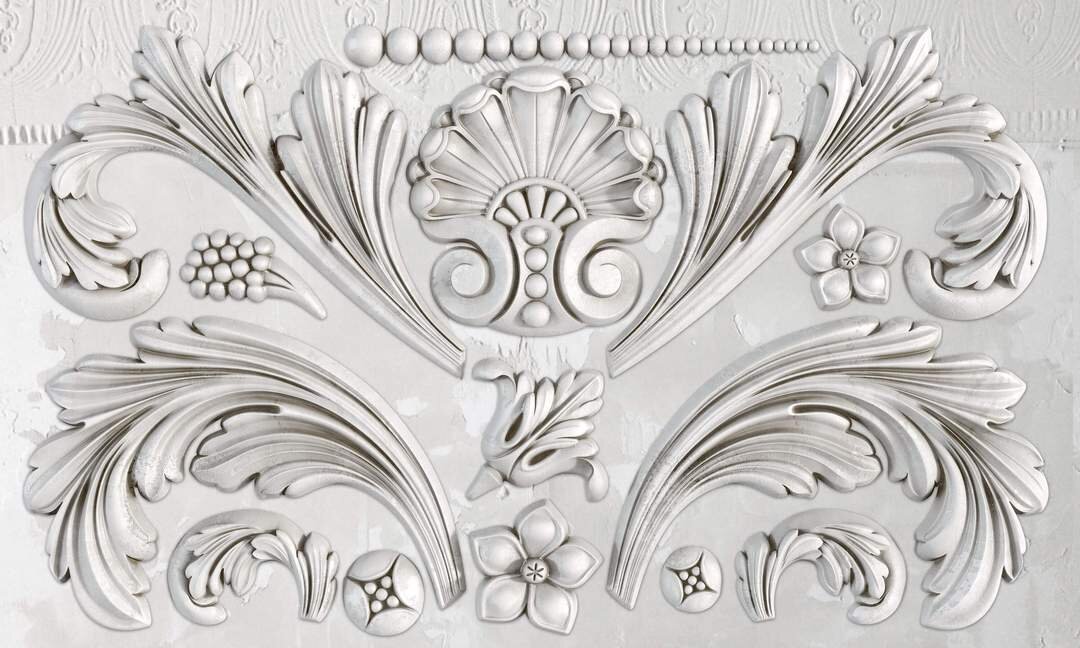 Image 3 of 57
Image 3 of 57

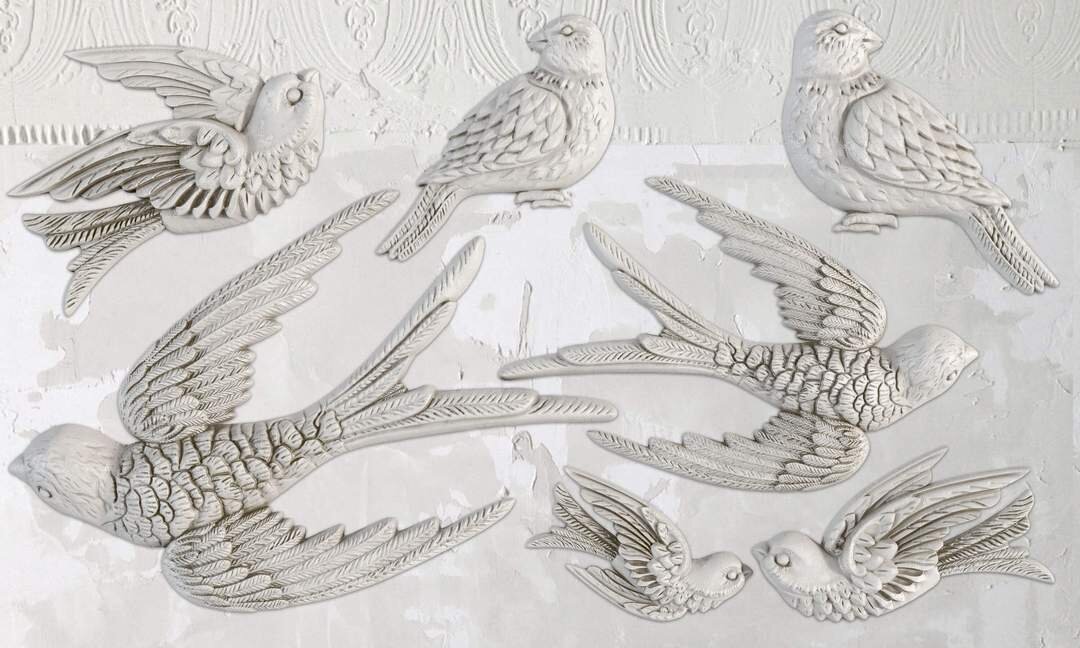 Image 4 of 57
Image 4 of 57

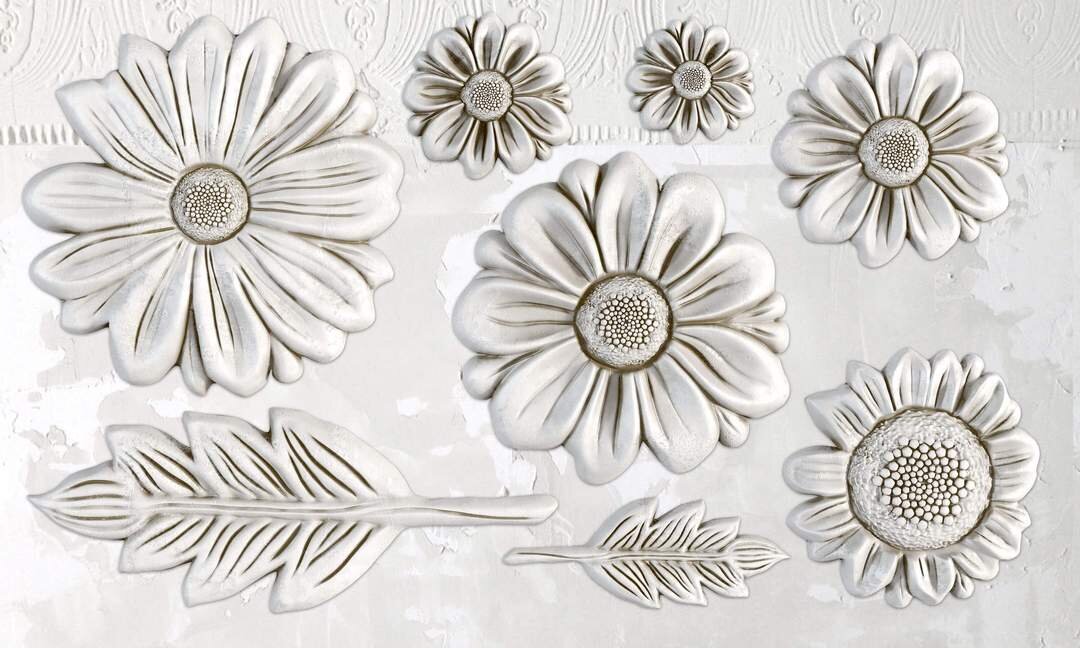 Image 5 of 57
Image 5 of 57

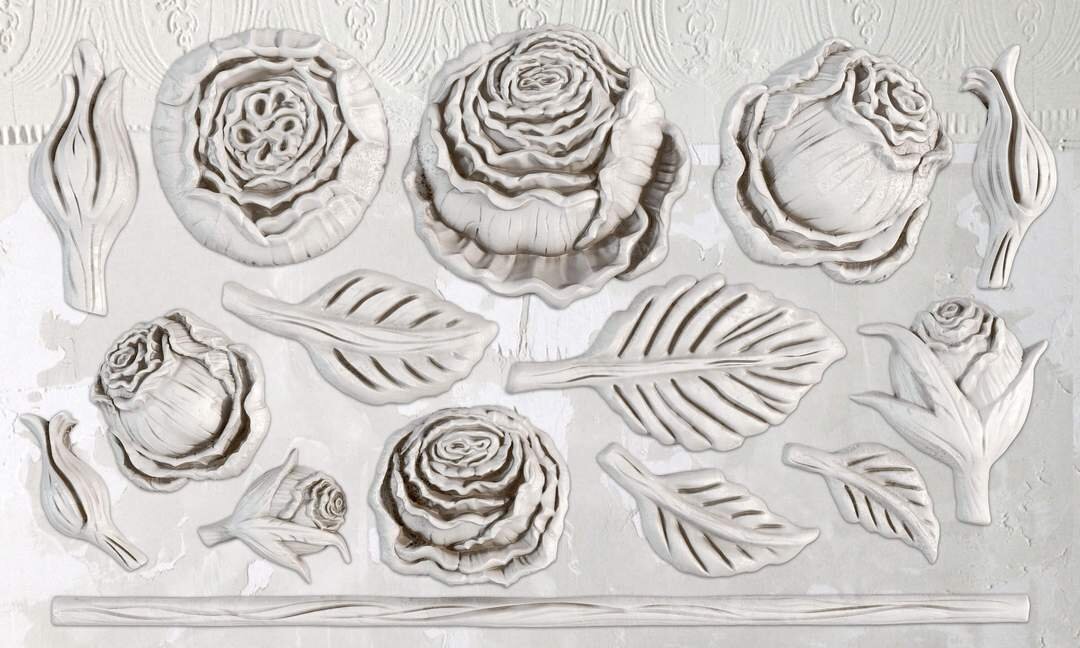 Image 6 of 57
Image 6 of 57

 Image 7 of 57
Image 7 of 57

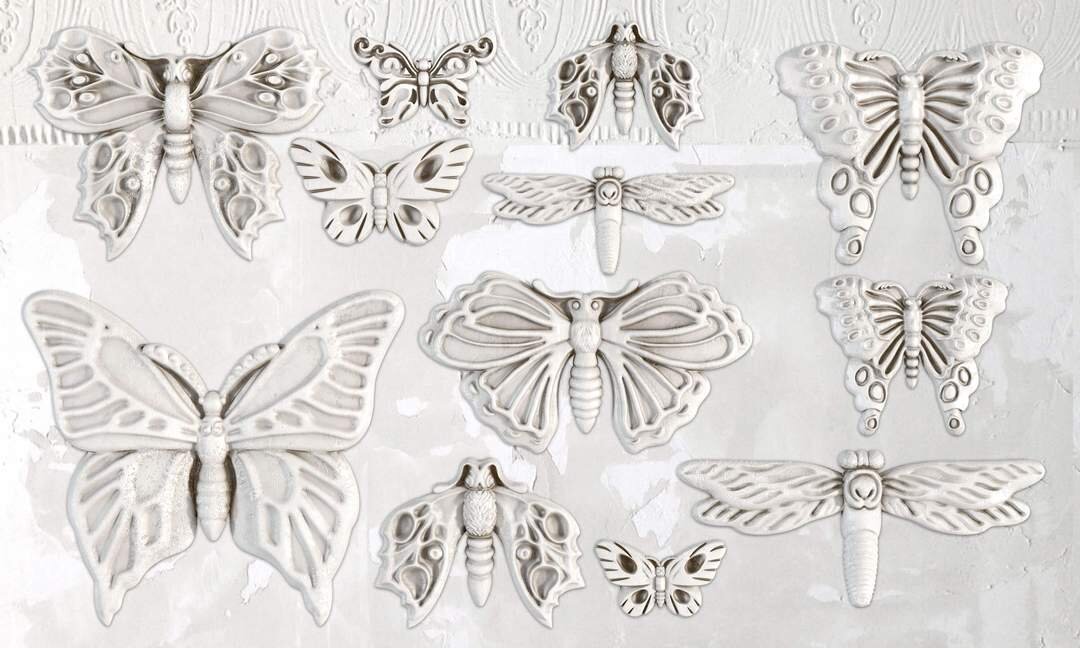 Image 8 of 57
Image 8 of 57

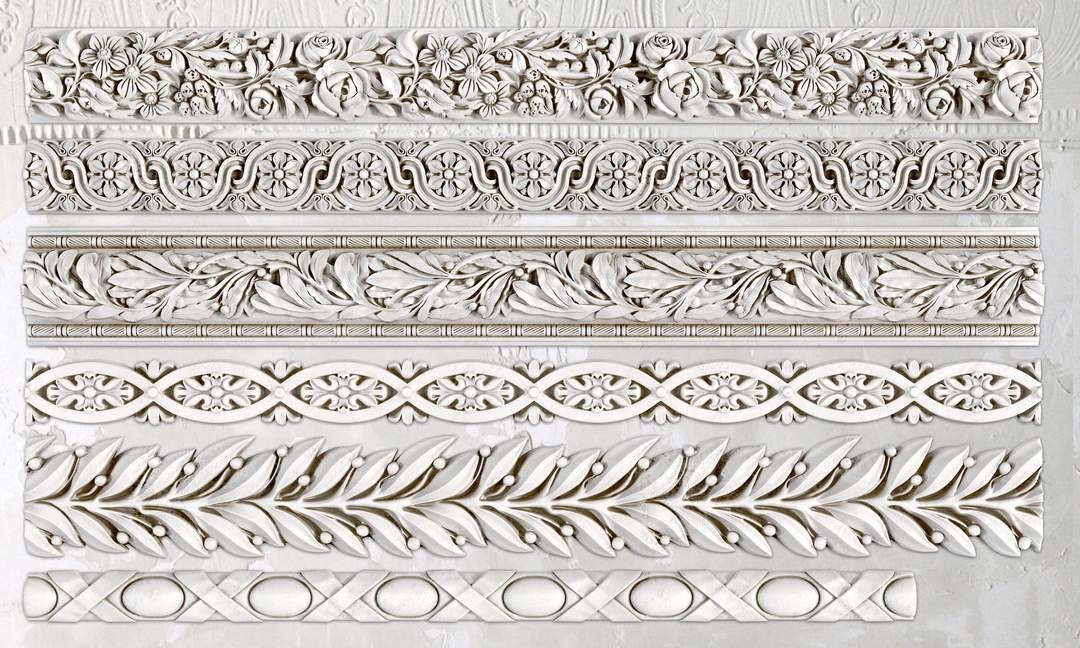 Image 9 of 57
Image 9 of 57

 Image 10 of 57
Image 10 of 57

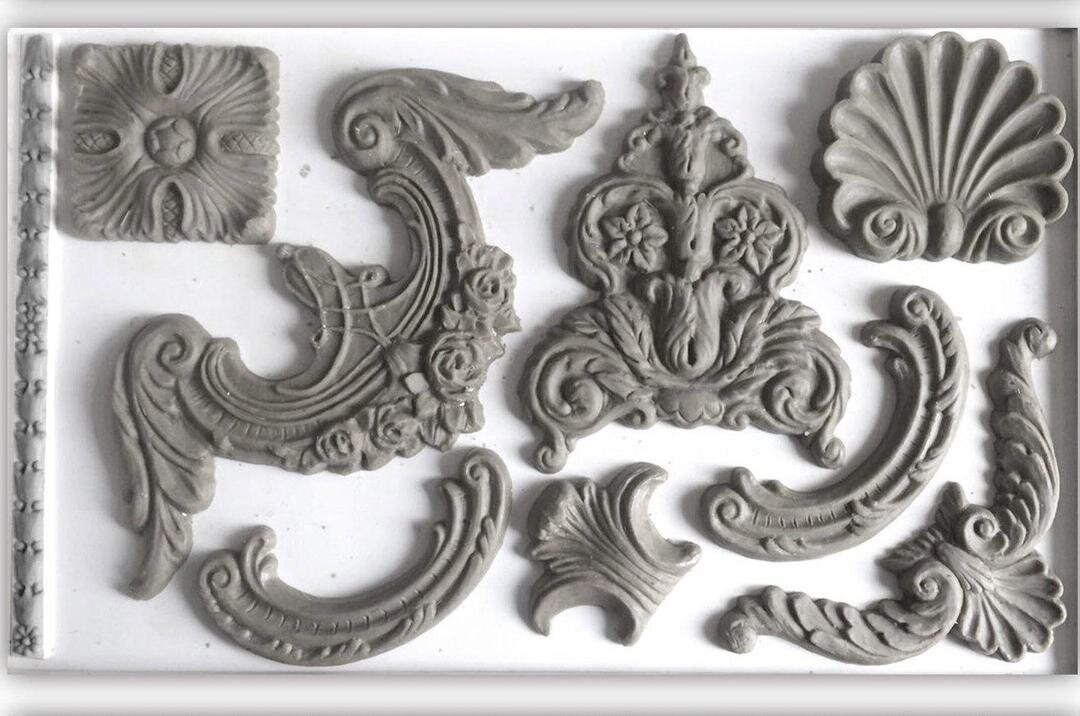 Image 11 of 57
Image 11 of 57

 Image 12 of 57
Image 12 of 57

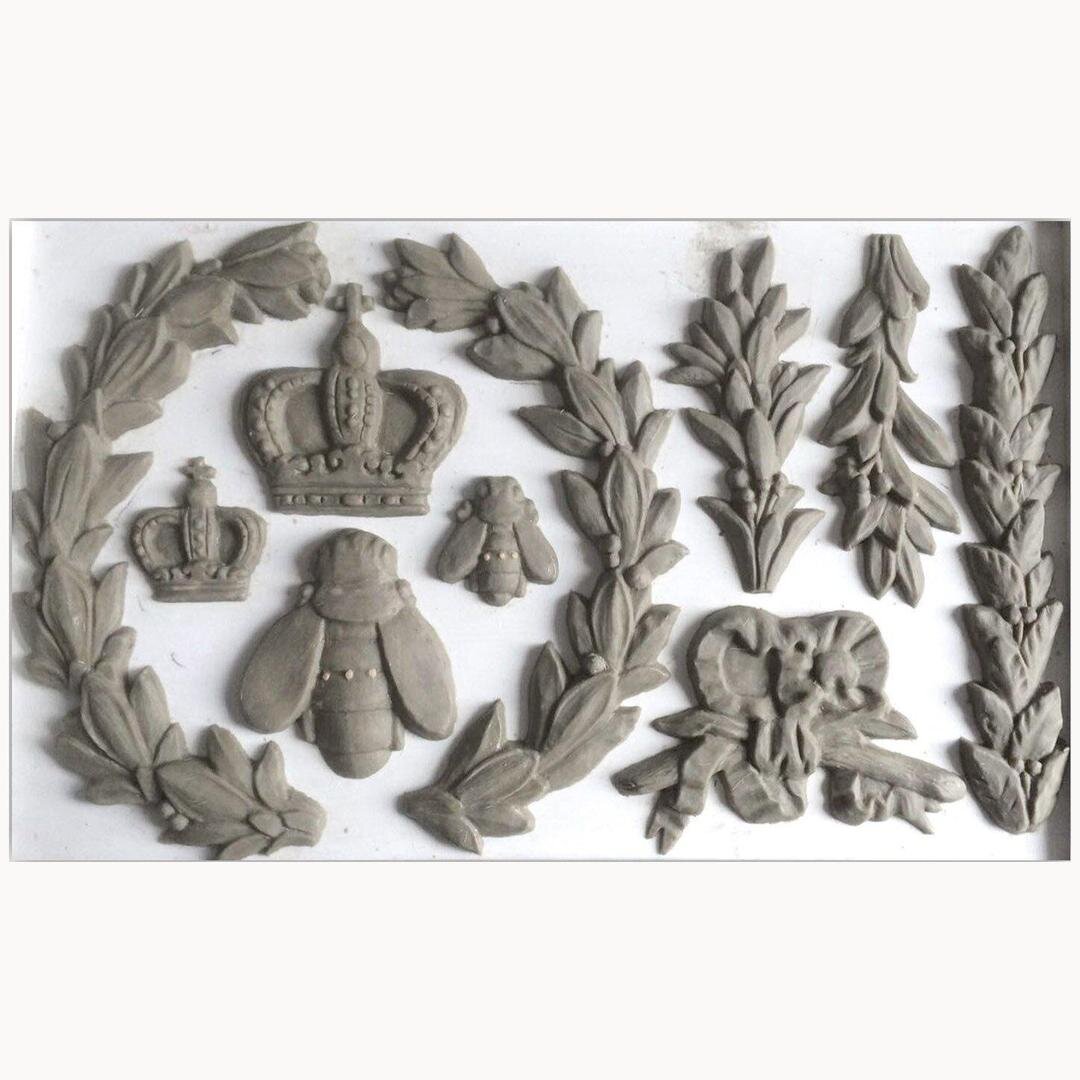 Image 13 of 57
Image 13 of 57

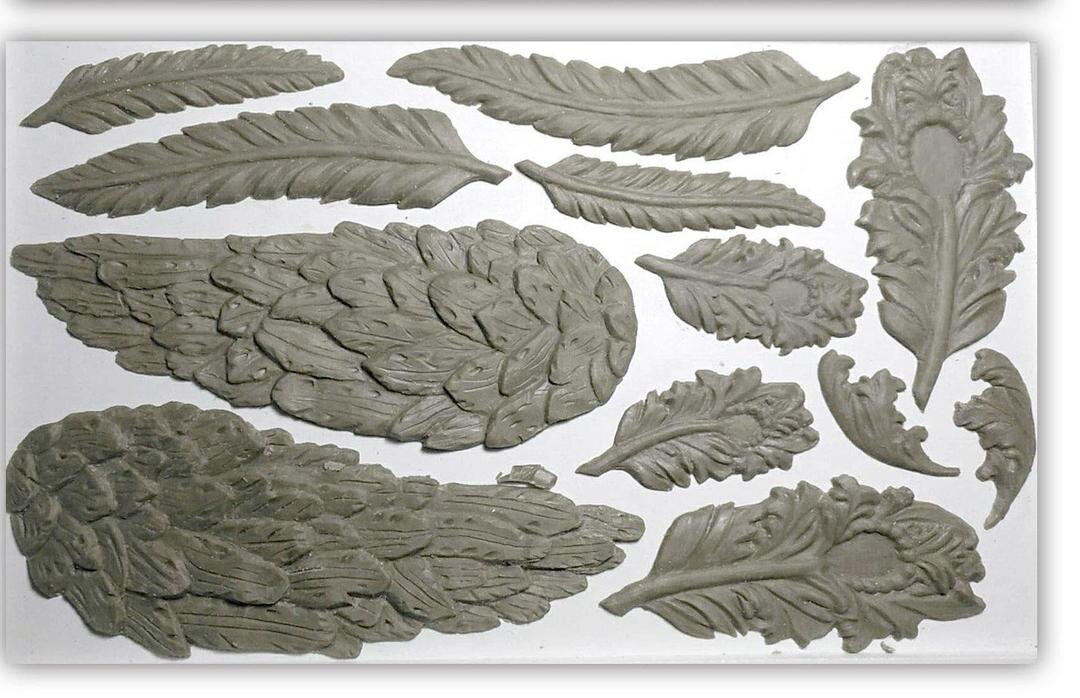 Image 14 of 57
Image 14 of 57

 Image 15 of 57
Image 15 of 57

 Image 16 of 57
Image 16 of 57

 Image 17 of 57
Image 17 of 57

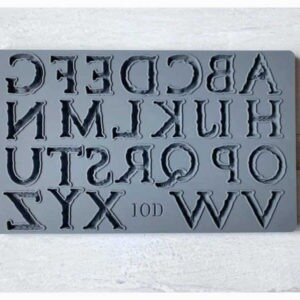 Image 18 of 57
Image 18 of 57

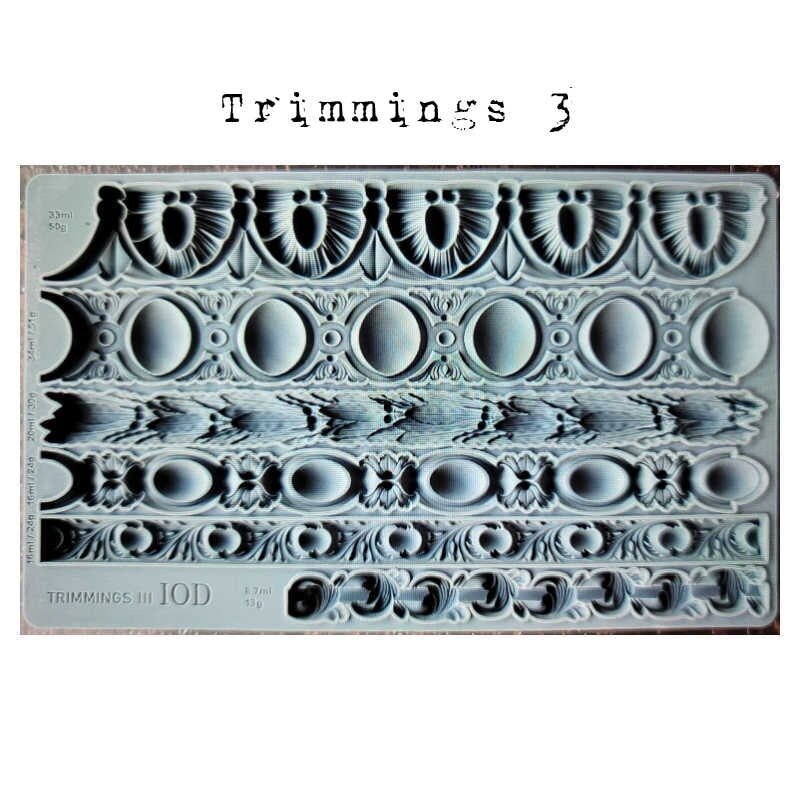 Image 19 of 57
Image 19 of 57

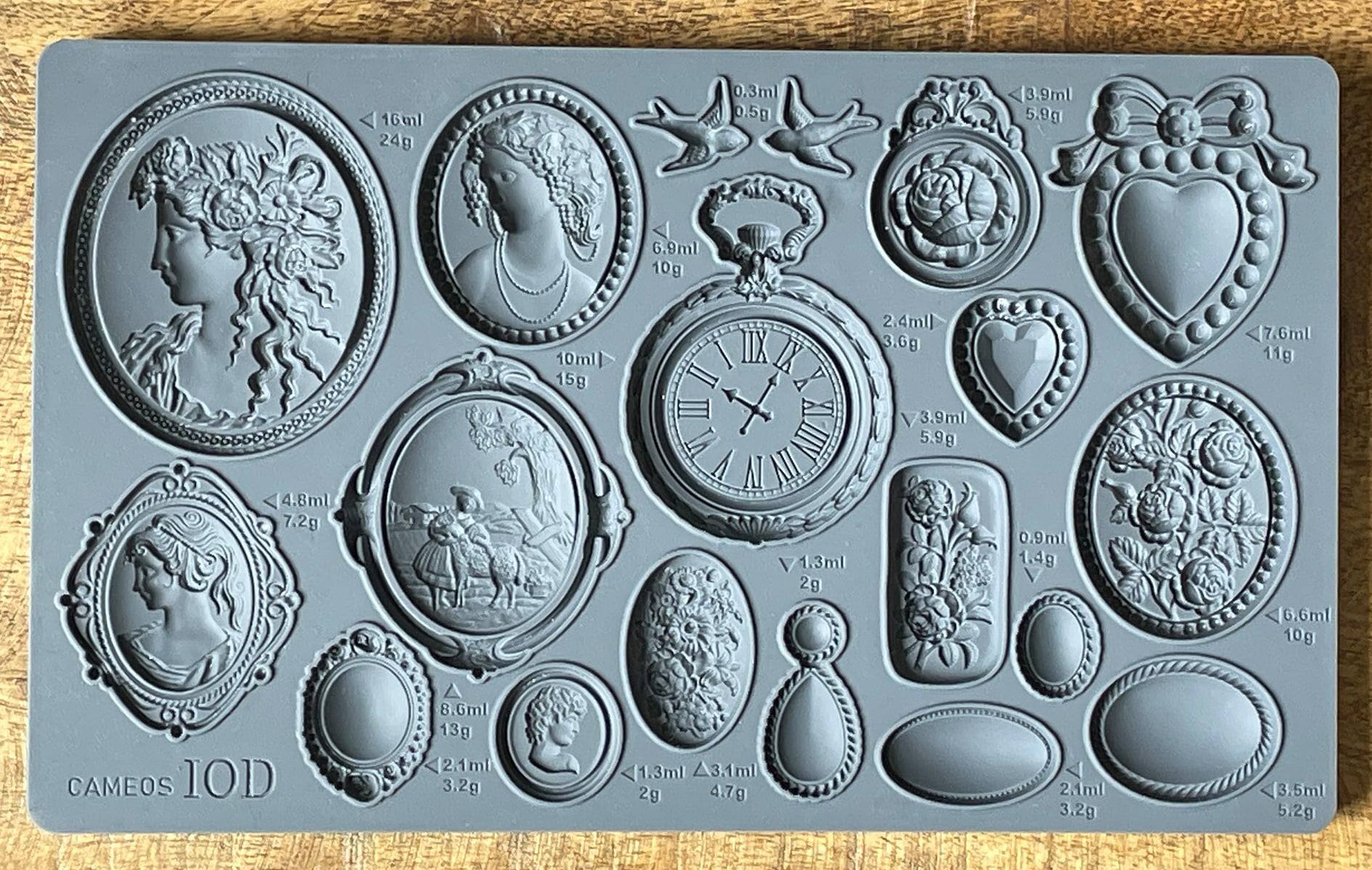 Image 20 of 57
Image 20 of 57

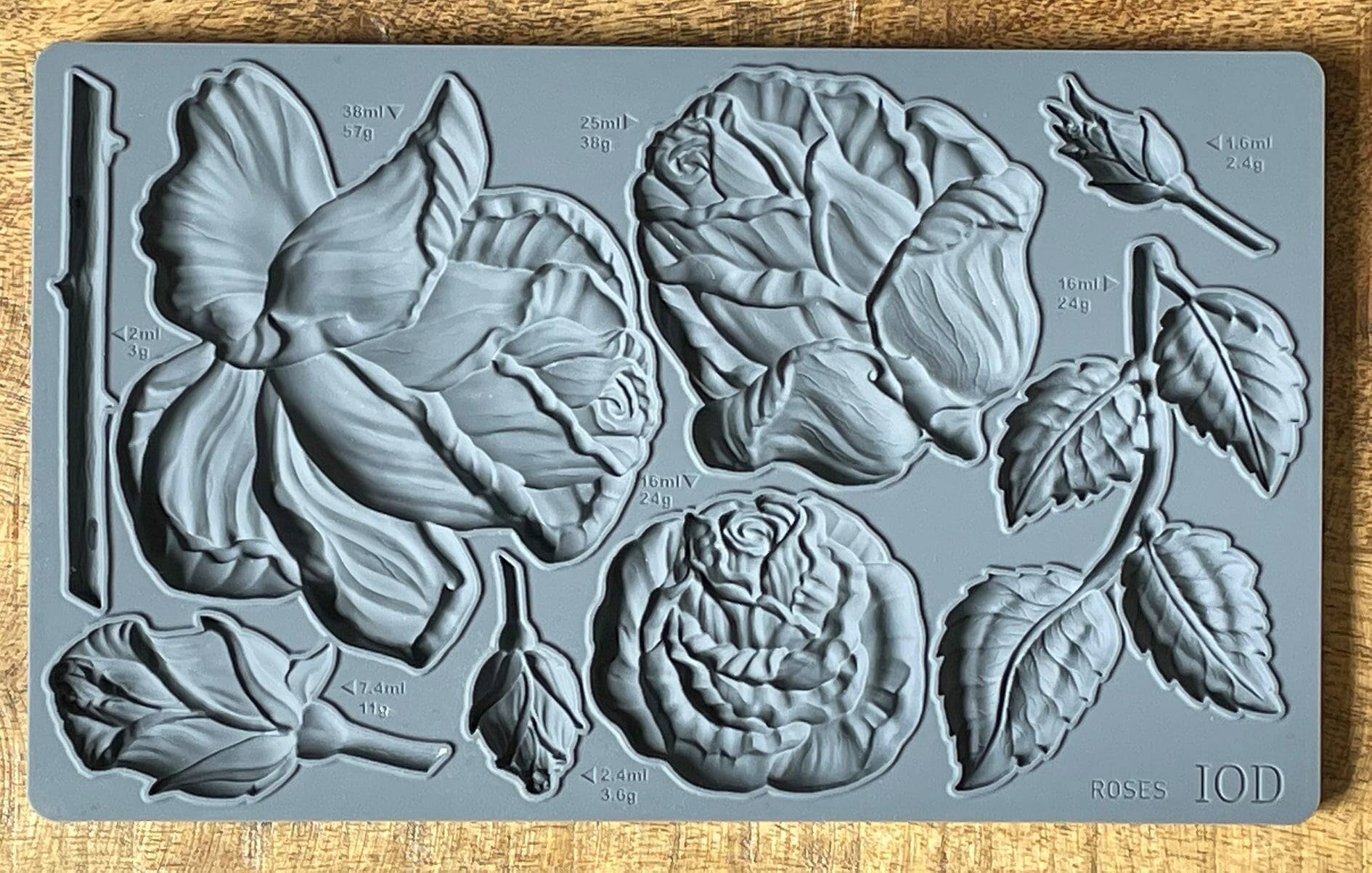 Image 21 of 57
Image 21 of 57

 Image 22 of 57
Image 22 of 57

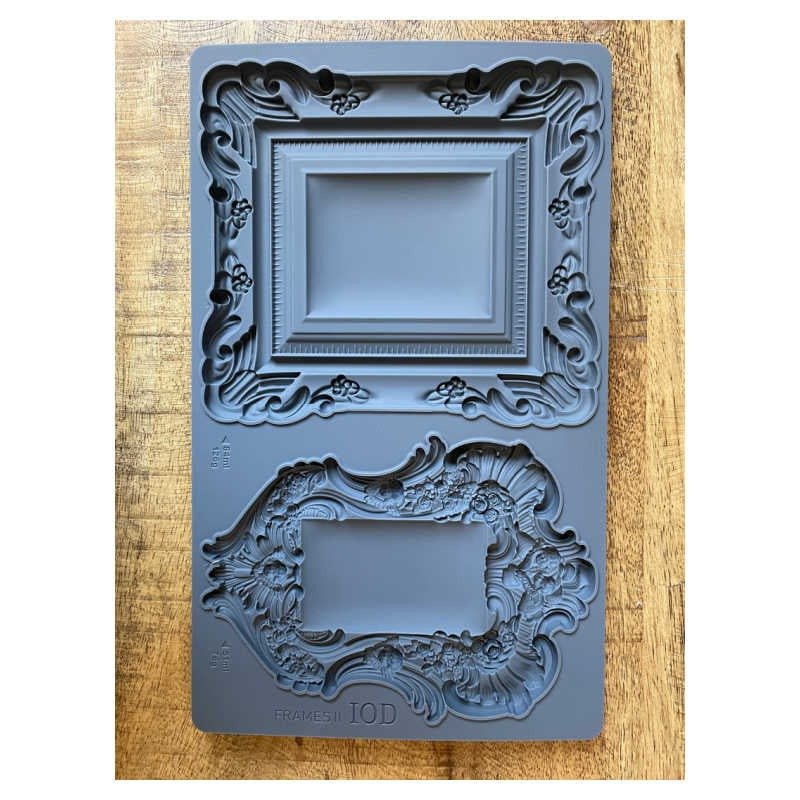 Image 23 of 57
Image 23 of 57

 Image 24 of 57
Image 24 of 57

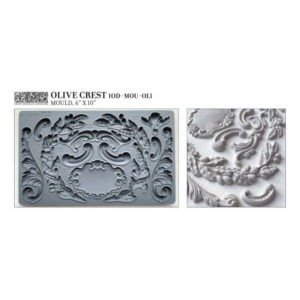 Image 25 of 57
Image 25 of 57

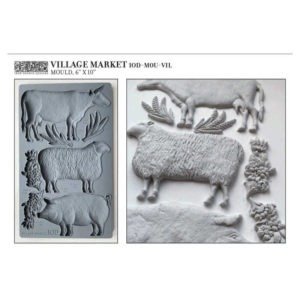 Image 26 of 57
Image 26 of 57

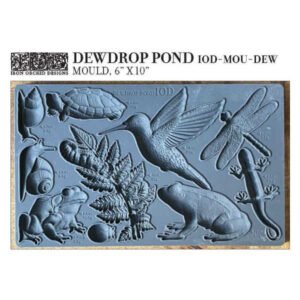 Image 27 of 57
Image 27 of 57

 Image 28 of 57
Image 28 of 57

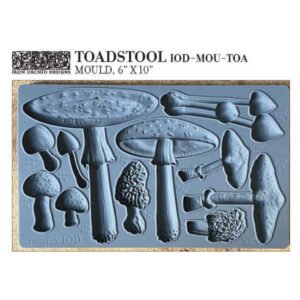 Image 29 of 57
Image 29 of 57

 Image 30 of 57
Image 30 of 57

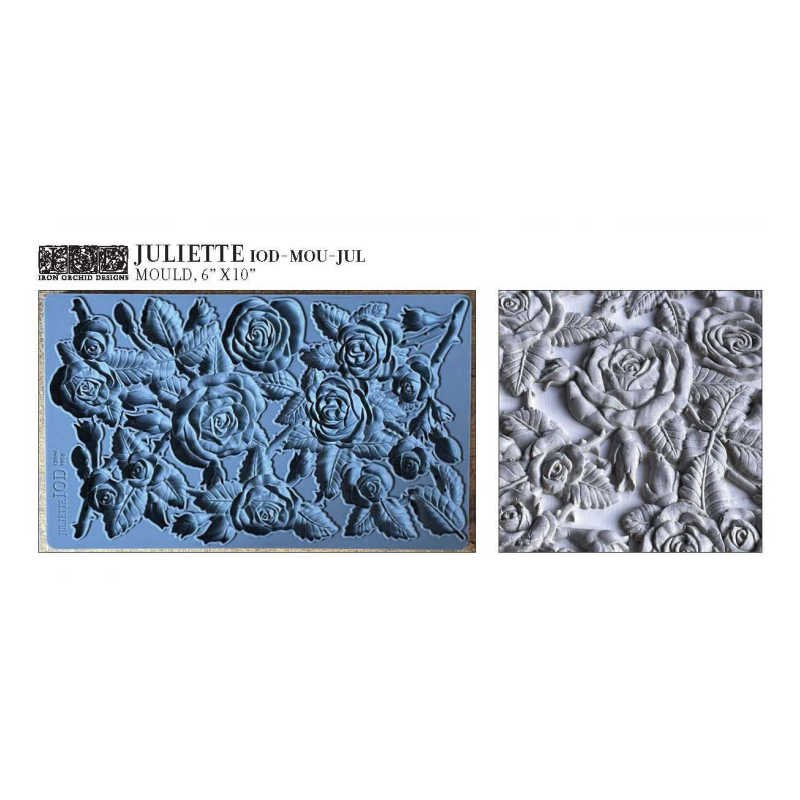 Image 31 of 57
Image 31 of 57

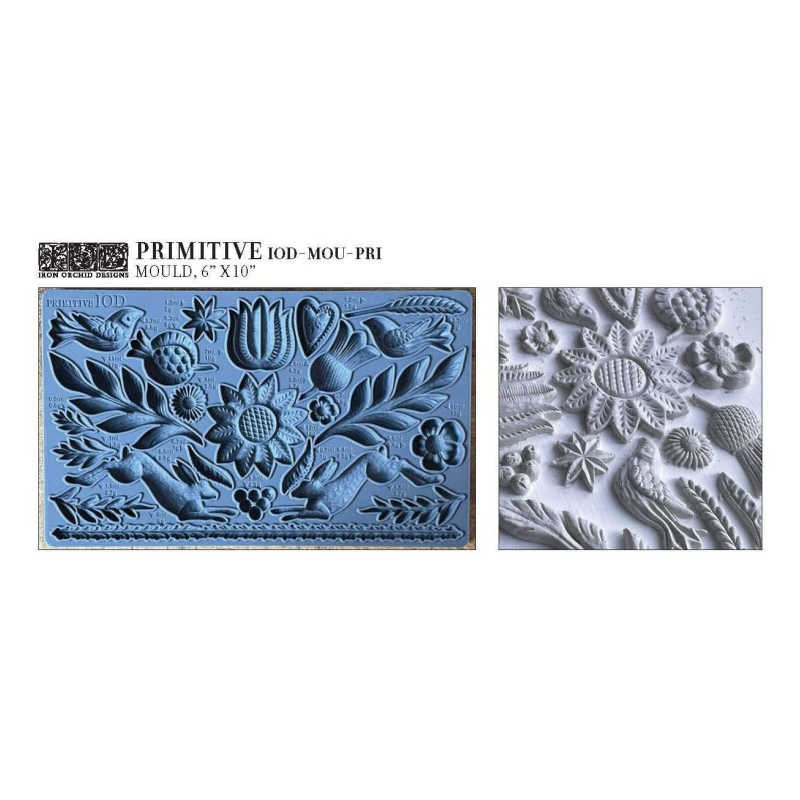 Image 32 of 57
Image 32 of 57

 Image 33 of 57
Image 33 of 57

 Image 34 of 57
Image 34 of 57

 Image 35 of 57
Image 35 of 57

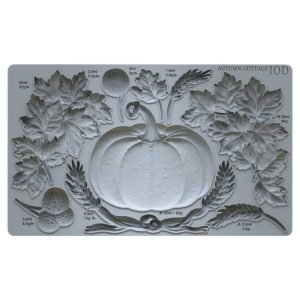 Image 36 of 57
Image 36 of 57

 Image 37 of 57
Image 37 of 57

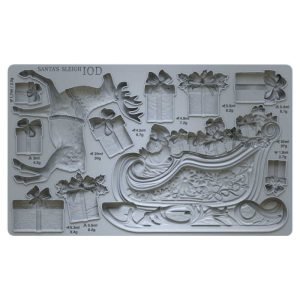 Image 38 of 57
Image 38 of 57

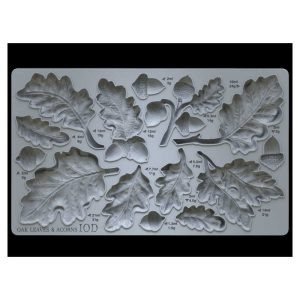 Image 39 of 57
Image 39 of 57

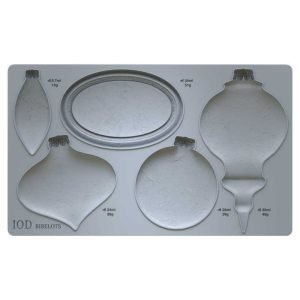 Image 40 of 57
Image 40 of 57

 Image 41 of 57
Image 41 of 57

 Image 42 of 57
Image 42 of 57

 Image 43 of 57
Image 43 of 57

 Image 44 of 57
Image 44 of 57

 Image 45 of 57
Image 45 of 57

 Image 46 of 57
Image 46 of 57

 Image 47 of 57
Image 47 of 57

 Image 48 of 57
Image 48 of 57

 Image 49 of 57
Image 49 of 57

 Image 50 of 57
Image 50 of 57

 Image 51 of 57
Image 51 of 57

 Image 52 of 57
Image 52 of 57

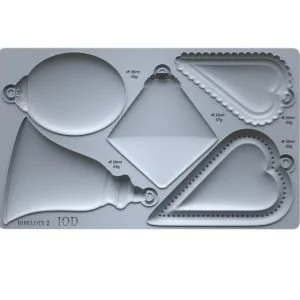 Image 53 of 57
Image 53 of 57

 Image 54 of 57
Image 54 of 57

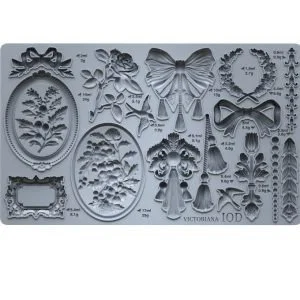 Image 55 of 57
Image 55 of 57

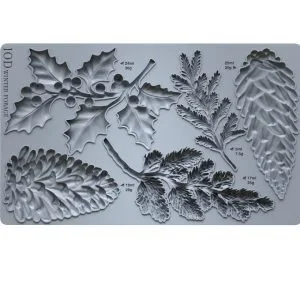 Image 56 of 57
Image 56 of 57

 Image 57 of 57
Image 57 of 57


























































IOD Decor Moulds
Check out the blog by IOD to learn how to use these amazing products!
DECOR MOULDS
The IOD Décor Moulds are made from food safe materials (do not use the same set for food and crafts), and can be used to transform and create baked goods, furniture, soaps, jewelry, and just about anything you can think up in that creative brain of yours.
DIFFERENT MEDIUMS.
IOD Décor Moulds can be used with many different mediums. We will cover the two most common here. Every medium has its own characteristics, challenges, and virtues.
Air dry clay, or paper clay: IOD paper clay is an air dry medium, and one of our favorites. Like most paper pulp based air dry clays, some shrinking, warping, and cracking is inherent. We like these qualities for a distressed, authentically vintage look. Our favorite way to apply moulded pieces is to remove them from the mould while still moist, and adhere to the surface with the appropriate glue so it conforms well. For vertical surfaces, use a piece of low tack tape to hold it in place so it doesn’t slide.
Casting resins: There are some great pourable resins available. These have completely different qualities than the paper clay. There is no shrinking or warping, and the castings are more consistent. Depending on the project, these qualities can be helpful. If you need to conform them to a curved surface, this can be done if removed from the mould before it’s completely hardened.
On releases: We find that most of the time a release is not necessary and the casting will come out without the use of a release, however, if you are having trouble with the material sticking (more common with clays than resins), a light dusting of simple cornstarch or arrowroot is a great choice.
Check out the blog by IOD to learn how to use these amazing products!
DECOR MOULDS
The IOD Décor Moulds are made from food safe materials (do not use the same set for food and crafts), and can be used to transform and create baked goods, furniture, soaps, jewelry, and just about anything you can think up in that creative brain of yours.
DIFFERENT MEDIUMS.
IOD Décor Moulds can be used with many different mediums. We will cover the two most common here. Every medium has its own characteristics, challenges, and virtues.
Air dry clay, or paper clay: IOD paper clay is an air dry medium, and one of our favorites. Like most paper pulp based air dry clays, some shrinking, warping, and cracking is inherent. We like these qualities for a distressed, authentically vintage look. Our favorite way to apply moulded pieces is to remove them from the mould while still moist, and adhere to the surface with the appropriate glue so it conforms well. For vertical surfaces, use a piece of low tack tape to hold it in place so it doesn’t slide.
Casting resins: There are some great pourable resins available. These have completely different qualities than the paper clay. There is no shrinking or warping, and the castings are more consistent. Depending on the project, these qualities can be helpful. If you need to conform them to a curved surface, this can be done if removed from the mould before it’s completely hardened.
On releases: We find that most of the time a release is not necessary and the casting will come out without the use of a release, however, if you are having trouble with the material sticking (more common with clays than resins), a light dusting of simple cornstarch or arrowroot is a great choice.
